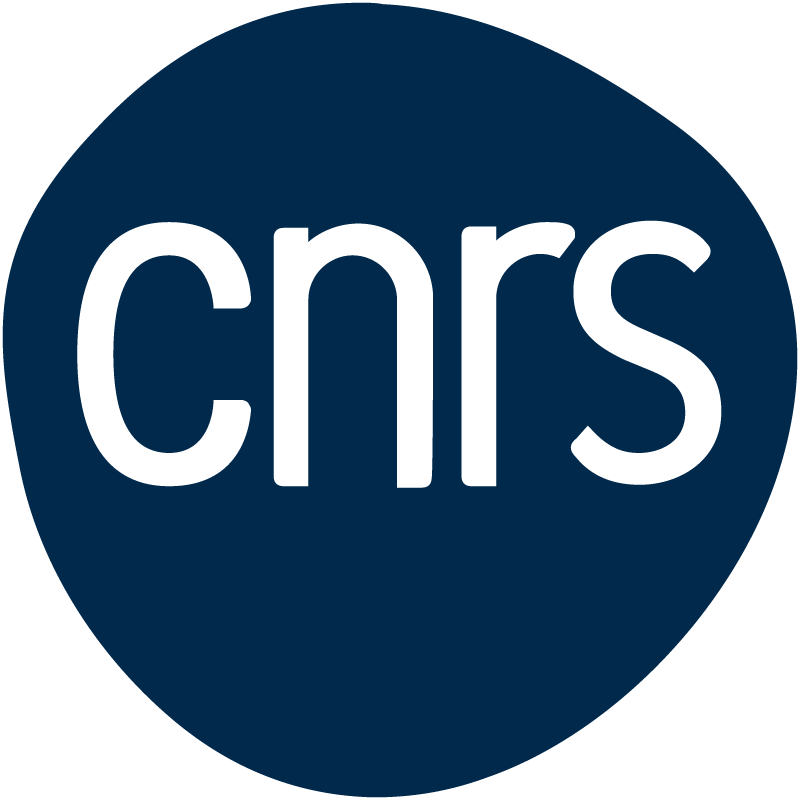Seismic Acquisition and Processing
Licence Sciences de la TerreParcours Geology, geophysics, georesources (UFAZ) (délocalisé en Azerbaïdjan)
Description
This course proves an in-depth overview of the main principles and steps of seismic acquisition and processing for exploration purposes:
1. Seismic reflection method principles: wavefronts and seismic rays in homogeneous media; P and S waves; Snell’s law; arrival-time vs offset equations; acoustic impedance; reflection coefficients; amplitude and frequency of seismic traces; vertical and lateral resolution.
2. Seismic acquisition: land acquisition (sources, receivers, transmitter, onshore specifics); marine acquisition (towed streamer, wide azimuth, ocean bottom seismic, broadband); wellbore seismic (VSP, check-shot); 4D seismic; from shot-point to common mid-point (fold of coverage, bin).
3. Pre-processing: 5D regularization; amplitude loss compensation; noise attenuation and removal; source de-signature.
4. Time-processing: normal move-out principles; velocity scan; stack and its impact on multiples; seismic velocities (average, stacking/normal move-out, root-mean-square, interval).
5. Migration principles: why migration?; the blind geophysicsist experiences; different types of seismic rays (normal, zero-offset); building the time image from a simple depth model; effects of migration (repositioning and focusing the image).
6. Time and depth imaging: different times of migration (2D vs 3D, post vs pre-stack); pre-stack time migration vs pre-stack depth migration; velocity model building; migration algorithms (ray based, wave-equation based); anisotropy and full-waveform inversion; seismic acquisition and processing costs.
Compétences requises
Seismology and seismics class covering seismic waves, Snell’s Law, basic refraction and reflection seismology.
Autres contacts
Dominique Amilhon
MCC
Les épreuves indiquées respectent et appliquent le règlement de votre formation, disponible dans l'onglet Documents de la description de la formation.
- Régime d'évaluation
- ECI (Évaluation continue intégrale)
- Coefficient
- 1.0
Évaluation initiale / Session principale - Épreuves
| Libellé | Type d'évaluation | Nature de l'épreuve | Durée (en minutes) | Coéfficient de l'épreuve | Note éliminatoire de l'épreuve | Note reportée en session 2 |
|---|---|---|---|---|---|---|
Written exam | AC | ET | 90 | 1 |
